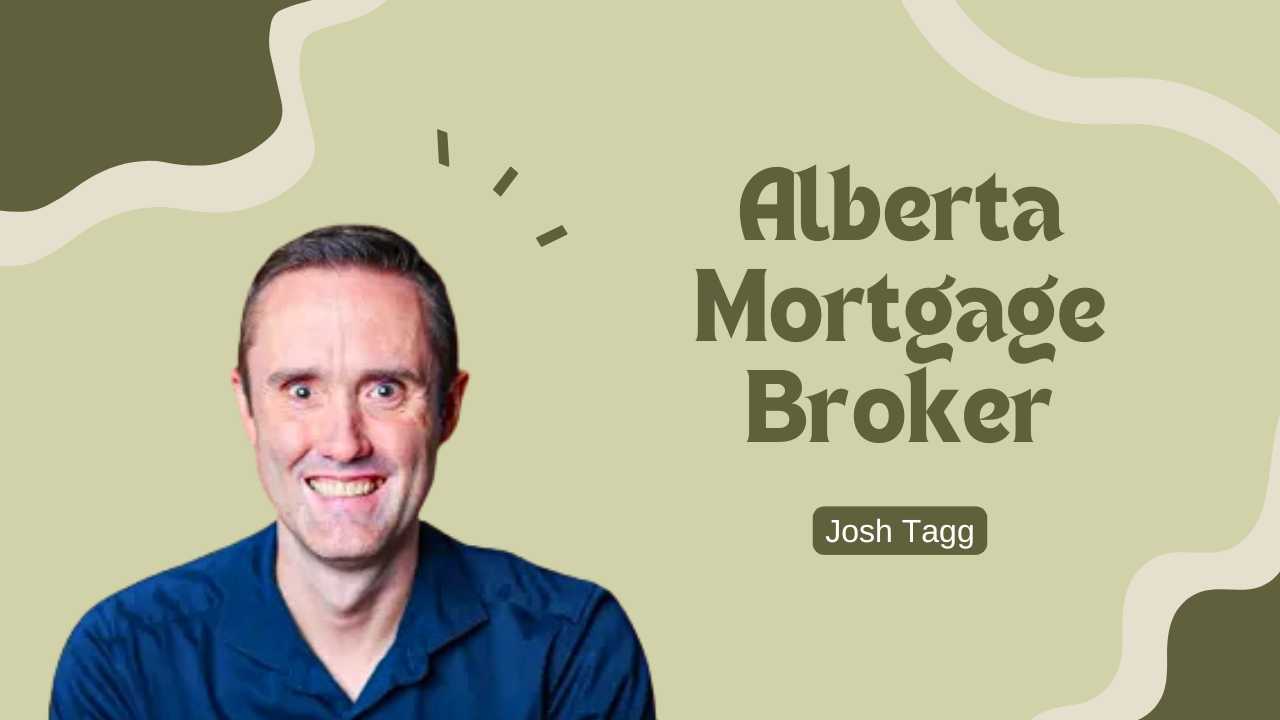Canada is seeing progress in closing the housing affordability gap, with the national shortfall between home prices and what the typical household can afford narrowing from 80% in 2023 to 34% this past August. What does this mean?
-
The housing affordability gap measures the difference between the average price of a home and the price a typical household could afford based on their income and current mortgage rates.
-
In September 2023, that gap was 80%, meaning the average home cost about 80% more than what a household earning an average income could reasonably afford.
-
By August 2025, the gap had dropped to 34%. That’s still a shortfall, but much less severe than before.
Lower interest rates, modest price declines in some regions, and stronger wages have all played a role.

But affordability looks very different depending on where you live. Edmonton currently has the smallest affordability gap of any major Canadian city at just four per cent, while Calgary has faced more pressure with declining affordability in recent years. Even though mortgage carrying costs in Alberta remain more manageable than in Toronto or Vancouver, the dynamics can shift quickly depending on the market and interest rates.
What this means for buyers in Alberta
For those in the housing market, timing matters. Calgary sales dropped 14% in September compared with last year, and new listings surged, pushing inventory to its highest September level in years. This shift could ease price growth further and reduce the sense of urgency that’s been weighing on buyers.
Edmonton, on the other hand, is currently one of the most affordable major cities in Canada. With only a small gap between what households can afford and actual home prices, many first-time buyers may find opportunities here that are out of reach in other provinces.
Alberta’s overall housing market remains more balanced than many other parts of the country, but buyers need to keep an eye on both local inventory trends and national policy changes.
Interest rates and the economic outlook
The Bank of Canada has already lowered its policy rate to 2.5% and is expected to cut further, possibly to 1.75% in the coming year. Lower borrowing costs make monthly mortgage payments more manageable, but the economic outlook still includes risks. Slower GDP growth, higher unemployment, and weaker immigration could all weigh on demand and keep housing markets in flux.
For buyers, this creates both opportunity and uncertainty. Acting without guidance could mean overpaying or locking in the wrong mortgage product.
Why first-time buyers should work with a mortgage broker

Navigating these shifting conditions is especially challenging for first-time buyers, and that’s where a mortgage broker can make a real difference. A broker works for you, not the bank, giving you access to a wide range of lenders and products that may not be available on your own.
Here’s how a mortgage broker helps Alberta buyers today:
-
Tailored advice for local markets: Conditions in Calgary and Edmonton are very different right now, and a broker can help you understand how to approach each market.
-
Access to lower rates and better options: With interest rates expected to keep falling, a broker can match you with lenders who provide flexibility for renewals or early payments.
-
Support through uncertainty: Whether the economy enters a slowdown or stabilises, your broker helps you structure a mortgage that works for your budget long-term.
Next step for Alberta buyers
Affordability may be improving nationally, but what matters most is your local market, your income, and your borrowing power. With higher inventory in Calgary and steady affordability in Edmonton, opportunities exist for first-time buyers — but making the right mortgage decision is critical.
Working with a mortgage broker ensures you don’t just buy a home, but buy wisely, with the right mortgage for both today’s conditions and tomorrow’s uncertainties. Reach out to me today.




